Towards a Method to Conceptualize Influencer Blogging Systems -The Phenomenon of “Recent Empties”
1. The Phenomenon of “Recent Empties”
The phenomenon of “recent empties” is easy to describe. Go to the Google search box and type in “recent empties”. Select the search results for pictures and you will find an incredible amount of user generated and uploaded pictures showing recently used up personal care products such as shower gels, shampoos, deodorants, creams, and the like. The phenomenon is an international one and works for various languages. Using the German term “aufgebraucht” leads to a particularly large amount of search results. Overall, nearly 1,000 pictures, all quite similar in style and appearance, are displayed as shown in figure 1.
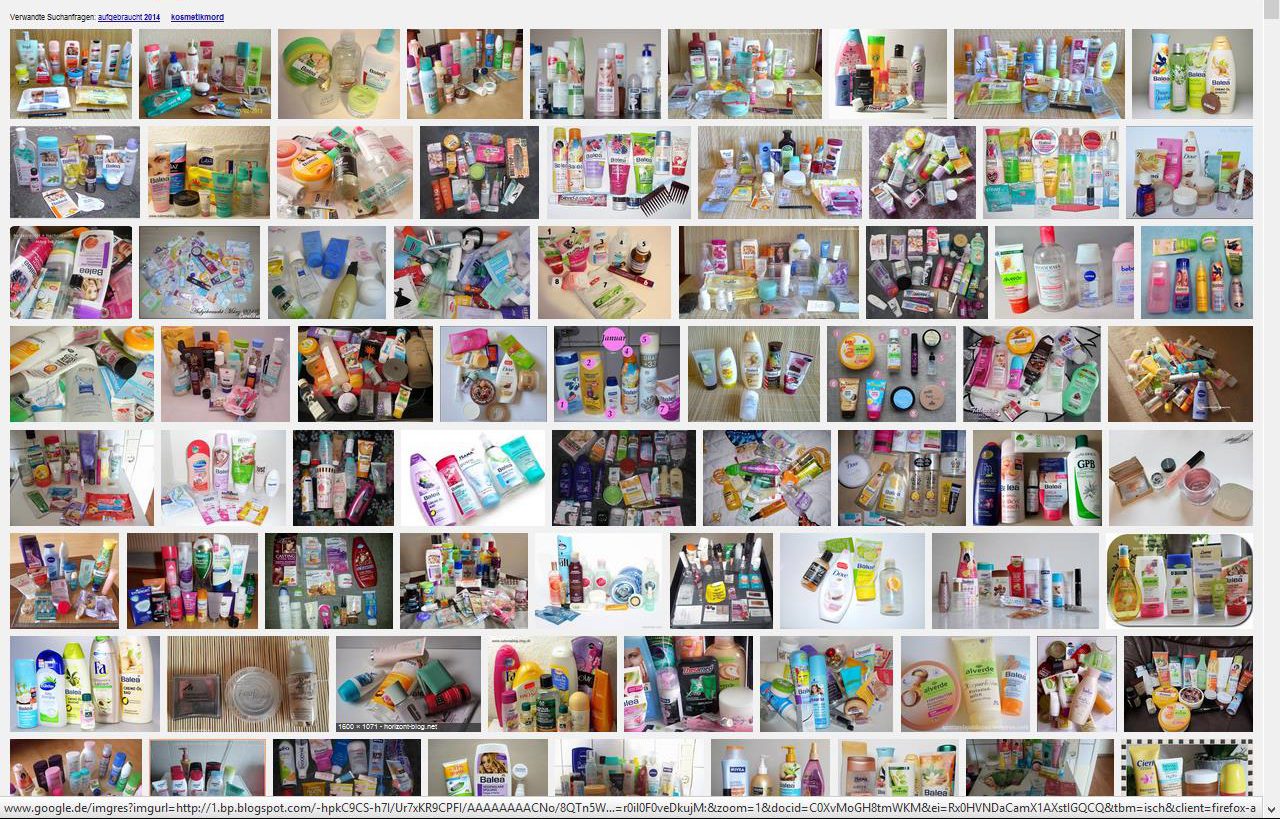
Figure 1: Google Picture Search Results for the term “aufgebraucht”
Confronted with these search results the question arises who is posting these pictures and why? You get some idea of the answers by analyzing the videos produced by the Google video search when entering the same search terms. Generally speaking, young women such as “madametamtam”, “Barbieloveslipsticks” or “Rosa Elfe” are posting videos showing themselves in a five to fifteen minute spot and explaining their experiences with the recent usage of care products they have just emptied. The videos are semiprofessionally produced with home video equipment still reflecting the style of a homemade and authentic user generated video. The young women have whole series and YouTube channels of up to 50 videos that they update regularly. Typically the pictures and videos are embedded in their blogs or in a dedicated Facebook presence. On the face of it they are private persons who independently discuss and review beauty products, embed them in personal experiences and ultimately review and recommend them to their audience. It is not possible to discern whether or not some of these bloggers receive product samples and gifts from companies. However, many of them provide an email address for business inquiry in order to allow companies to contact them.
The development over time is especially interesting. Using web retrieval technology we pulled a sample of all German speaking blog entries where the term “aufgebraucht” is mentioned. By analyzing the data it turned out that we are just at the starting point of this phenomenon with a large increase in the amount of relevant posts. Especially in the year 2014 we can see an exponential rise of the mentions (see Fig. 2). The assumption is that this point in time is the birth of the internet meme-like dissemination of the “recent empties” phenomenon consisting of testing, using up products and writing recommendations.
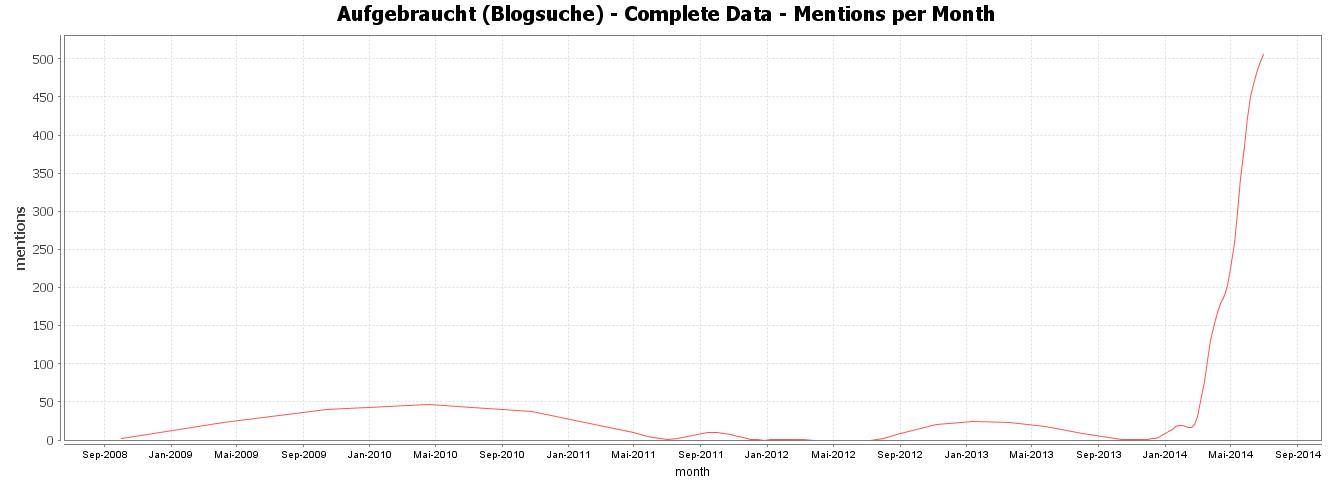
Figure 2: “aufgebraucht” mentions over time in blogs and discussions
The phenomenon that through the access by a single term or word a whole world with shared pictures, life styles or habits is opening up is not an isolated one but is in part transferable. It can also be observed in other areas such as fashion or extreme sports. The search results for the term “street style” uncovers thousands of pictures showing people on the street wearing casual and fashionable clothes (see Fig. 4). The pictures are more or less all of the same authentic making and posted in streetstyle blogs such “Stil in Berlin“ or „Fashionjunk“ which are deeply anchored in the social media world. This particular phenomenon is not confined to young people. “Advancedstyle” is a blog focusing on street style for those over 60. The New Yorker fashionista – of user created famousness – Ari Seth Cohen is the author.
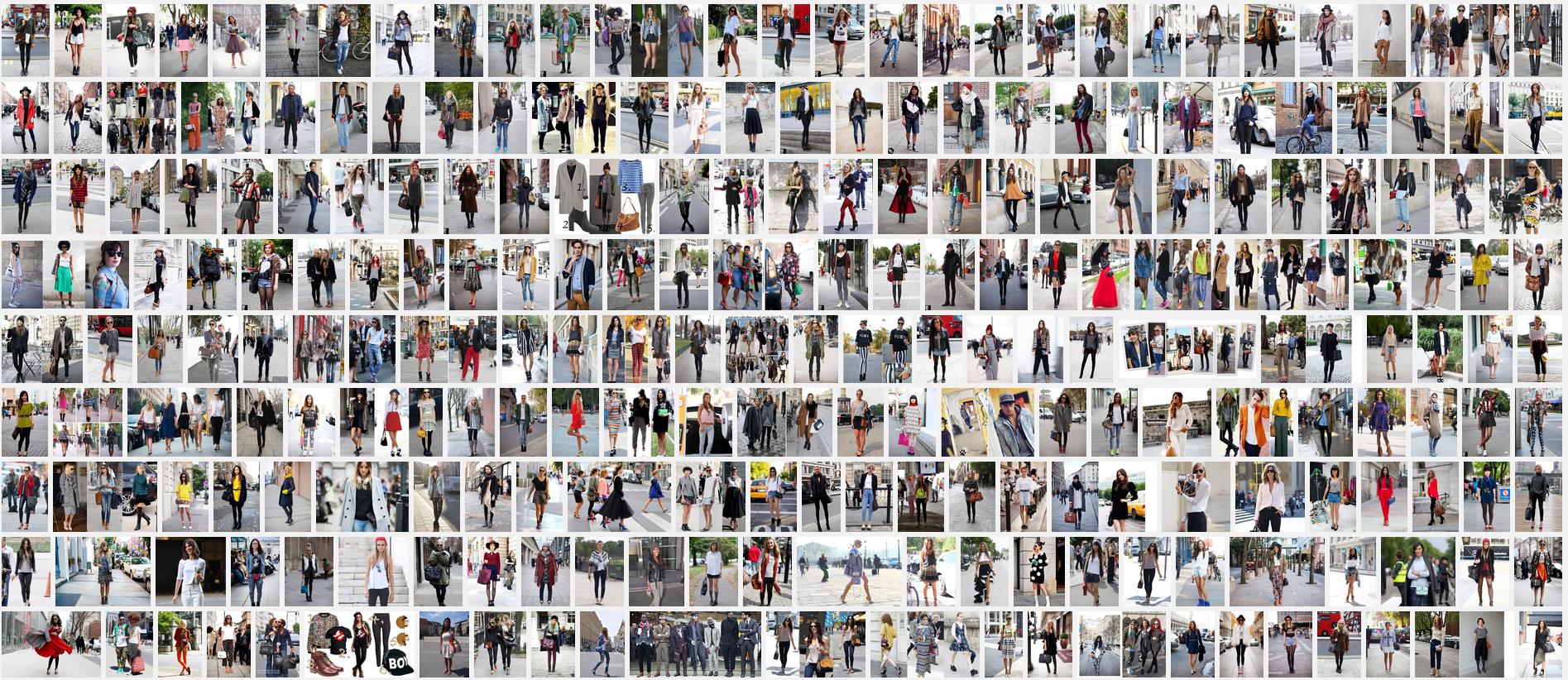
Figure 3: Google Picture Search Results for the term “street style”
For all people with a bit of “need for speed” and fascinated by extreme sports the ultimate recommendation is to explore videos and photo collections named “people are awesome”. These are the most stunning compilations of how people try to push the boundaries of the physical laws of nature (see Fig. 5)
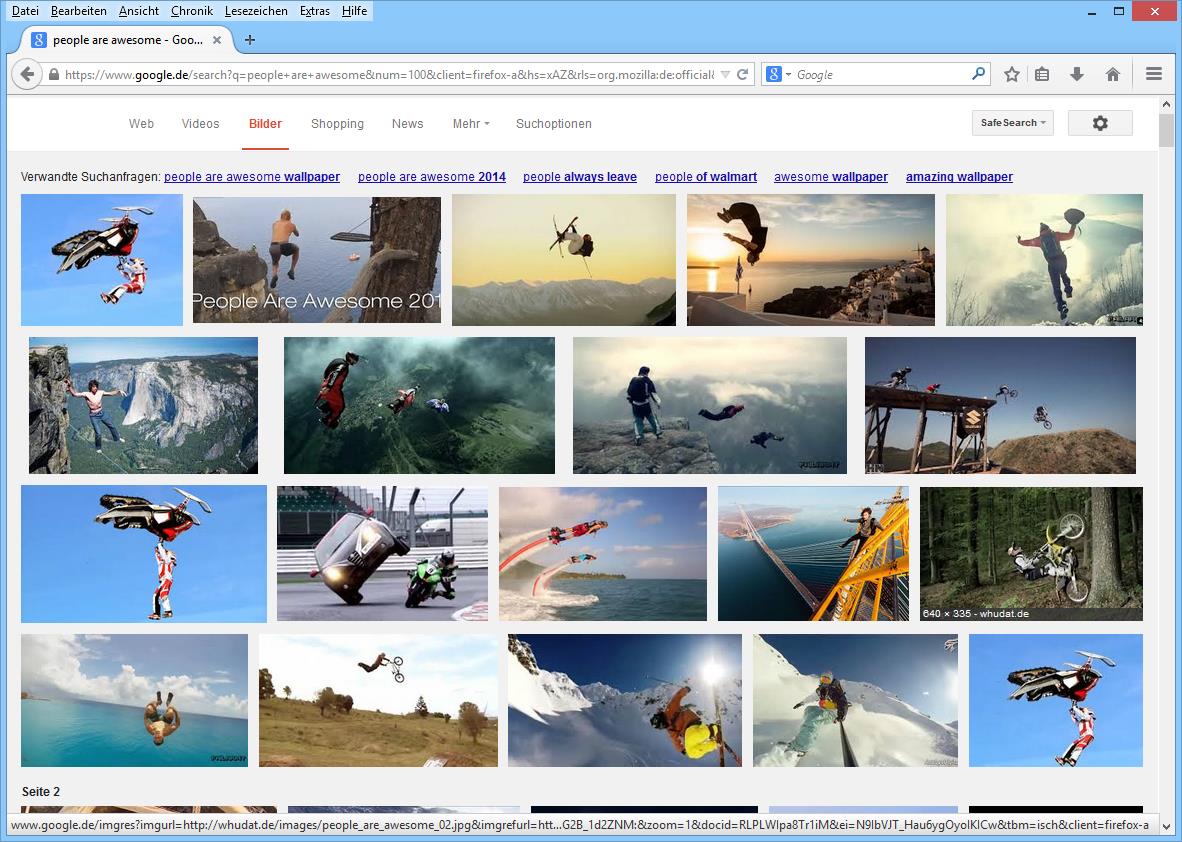
Figure 4: “People are awesome” Compilations
“Recent empties”, “street style” or “People are awesome” are “user-only” systems that are activated and diffused by peer-to-peer groups. They can be interpreted as do-it- yourself media brands and it seems that there is a huge potential for synergies between these new community brands and traditional and established commercial brands starting from co-branding up to co-creation of new products, e-commerce or advertising.
2. An Exemplary “Recent Empty” Blog Entry and its Typical Structure
A typical “recent empty” blog entry starts with few introductory sentences. The posts will depict the recently emptied products that are to be discussed in a photo. The products are then discussed individually in separate paragraphs. Sometimes more detailed photos of individual products are used. Figure 5 shows an exemplary post to illustrate this recurring structure. Each paragraph starts out with a detailed specification of the product [1]. This is followed by a story about the use and application, which often includes the disclosure of personal information about the author [2]. The product is reviewed based on product attributes such as scent, care effect, longevity, etc. [3]. Lastly the review ends with a positive or negative recommendation which typically includes a reflection about the (re)purchase intention of the author [4].
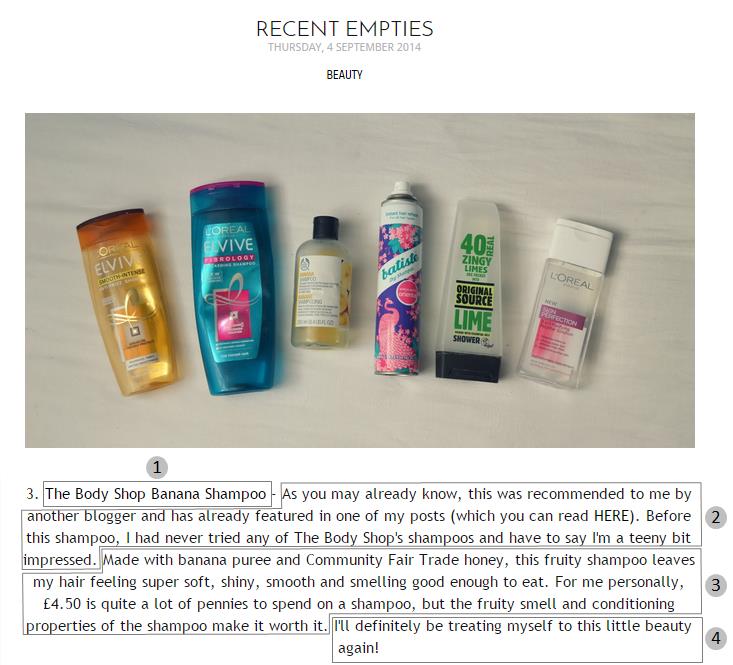
3. Theoretical Touchpoints
There are some theoretical touchpoints, as illustrated in figure 6, which can help to understand and analyze the identified phenomenon.

Figure 6: Theoretical Touchpoints “Recent Empties”
Meme
To the question of why all the “recent empties” entries look so similar, we find answers in the field of meme research. Today, there is an abundance of phenomena that are native to the internet (for an updated list of the most popular ones see http://en.wikipedia.org/wiki/List_of_Internet_phenomena). The term that is most widely ascribed to them is “meme” or respectively “internet meme”. The term was coined by the evolutionary biologist Richard Dawkins, borrowing from his model of how genetic information is transmitted. The word itself is a shortened version of mimeme stemming from the ancient Greek word for “imitated thing”. He later wrote in an article for Time magazine:
“Our cultural life is full of things that seem to propagate virus-like from one mind to another: tunes, ideas, catchphrases, fashions, ways of making pots or building arches. In 1976 I coined the word meme for these self-replicating units of culture that have a life of their own.” – Dawkins (1999)
When we break down this quote into its constituting parts it becomes obvious how well suited it is to describe our phenomenon.
„virus-like propagation from one mind to another“ Enabled by the high level of interconnectedness between today’s internet users via social networking services like Twitter, Facebook, YouTube, Instagram, tumblr, reddit, and further meme-centric social media offerings like 9gag.com, and themetapicture.com, the spread of such memes is of incredible speed and reach.
“self-replicating”; „Life of their own“ As is evident by the long list of phenomena and the huge amount of user-generated contributions submitted by different authors, and the even larger amount of instances of those contributions being shared from one user to the next, the memes achieve something resembling a life of its own. New versions and variations are created and subsequently shared with the public. Within these phenomena it is seldom possible to figure out the original creator behind a meme.
„unit of culture“ The mentioned examples all seem to adhere to implicit rules, a formulaic structure if you will, that manages to recur, even though a reconciling professional culture or rules of the trade, as is the case for e.g. journalistic content, are absent. This makes these specific units of culture differentiable from others. Moreover, one of the implicit rules found with most internet memes is that they carry a sort of identifier. This can be a recurring word in the title of blog posts in the case of “recent empties” (“aufgebraucht” in German), a hashtag for memes on Twitter or Instagram (e.g.
“#throwbackthursday”; “#outfitoftheday”), or a word or phrase in the title of a video, for example, such as the above mentioned “People are Awesome”. These identifiers mainly serve the function of marking the contribution to a specific meme and thus make it “findable”.
Influencer Marketing
As a second valuable theoretical concept influencer marketing can be used to analyze the “recent empty” blogging system. Influencer marketing is rooted in the concept of word-of-mouth marketing, the premise of which is to leverage already existing interpersonal networks of consumers to gain a marketing benefit. This principle is not new. In fact it dates back to a publication by Brooks in 1957. However, as old as this principle is, its underlying principles have persisted, and with the rise of social media the mechanism has received a recent spike in attention. Its popularity is based on the assumption that it is possible to utilize the vast amount of social networking sites in order to gain virtually limitless leverage for marketing messages at minimal costs. These assumptions are supported time and time again by social media content, sometimes even marketing campaigns, which “go viral”. As such, some YouTube videos achieve hundreds of millions of views, while being broadcast for free into consumers’ homes.
With the example of “recent empties”, what we are really dealing with is a large amount of user generated content in the form of blogs, which encompasses verbatim consumer opinions on products that are explicitly named and precisely identified. Most of all posts adhere to the formulaic rules and content described above closing with a positive or negative recommendation or to the audience. Hence, these bloggers are powerful and trusted influencers with a clear target audience and therefore an excellent target for social media marketing efforts. Recently the approach known as influencer marketing has seen a tremendous increase in popularity (see Fig. 7). It seems to be especially suited for the context at hand, as it focuses on disseminating a marketing message among key influential individuals rather than the targeted market as a whole (Brown and Fiorella, 2013). When seeking to exploit this mechanism, it has been recommended by marketing research studies that so called influencers or influentials should be utilized in order to spread the desired message in the social media spheres. These influentials are individuals who, because they exhibit some combination of desirable attributes, are able to exude influence on a disproportionately large number of others (Bakshy, Hofman, Mason, and Watts, 2011).
According to Brown and Fiorella (2013) popularity is not influence and message amplification does not necessarily lead to changes in purchase behaviors. Without understanding the relationship between the online audiences discussing the product and the manner in which they make purchase decisions, you cannot effectively exert true influence across this or any channel.

Figure 7: Word of Mouth Mechanism in Social Media According to Brown/Fiorella 2013
User Generated Brand Communities
The three examples mentioned in the first section of this paper to the most part fulfill the main characteristics of user generated brand communities as a third theoretical touchpoint (Füller, Schroll, and von Hippel, 2013). The determining attributes of brand communities are: (1) shared consciousness (i.e. a strong connection to the brand and one another as well as demarcation from users of other brand); (2) common rituals and traditions (i.e. vital social processes around shared product experiences that create and represent the meaning of the community within and beyond the community); and (3) a sense of moral responsibility for the group (i.e. a sense of duty to the community as a whole and to its members). The formation of and identification with the brand community occur through discussions of consumption activities and brand meaning (Füller, Matzler, and Hoppe 2008). From the perspective of user generated brand communities it would be interesting to see if the bloggers which already use the meme-like review systems may develop a common shared brand idea or identity.
Netnography
Last but not least research on Netnography offers us a methodological guideline of how to analyze consumer tribes online. Consumer Tribes are groups with deep interpersonal connections, which are built via shared experiences, consumption values, rituals and traditions (Cova, Kozinets and Shankar 2007). The blogging system of “recent empties” can be understood as a consumer tribe focusing on the personal care product world with established testing and recommendation rituals. By “listening in” on the natural occurring consumer dialogue netnography allows to derive unbiased consumer insights. The researcher learns about consumers’ explicitly verbalized and implicitly existing attitudes, behaviors, preferences, needs and ideas. Moreover, the method allows us to identify the influencers within the blogging system. Netnography has been established by marketing professor Robert Kozinets in 1997 (Bartl, Hueck, and Ruppert, 2009; Kozinets, 1998; Kozinets, 2002; Kozinets, 2010,). The word netnography is a neologism constructed from the words “Internet” and “ethnography”. As defined by Kozinets, netnography is a qualitative, interpretive research methodology that uses Internet-optimized ethnographic research techniques to study the social context in online communities.
The four theoretical touchpoints described above give an overview of how the phenomenon of “recent empties” crosscuts different research areas. While academics can build upon the introduced scientific alignment in order to develop new research questions, we want to develop a framework that enables us to utilize the underlying potential of the described phenomenon.
4. A Framework for Influencer Blogging Systems
What makes authors especially interesting as influencers or influentials is that often their audience exhibits a high degree of loyalty and attachment towards the blogs. In the same sense customers trust friends more than brands. This trust is actively sought after by blog authors. They implement tactics such as self-disclosure in order to reach a deeper relationship with their audience, who in turn reward them with heightened loyalty. The underlying sentiment here seems to be: “I buy your products when I feel I know you” (de Lassus and Mercanti-Guerin, 2013).
Due to this personal engagement with readers, the bloggers’ product advice has a very different impact in comparison to the internet’s ubiquitous recommendation systems, which seek to predict the rating or preference that users give to an item. Such recommender systems are put to use in a variety of applications. The most well-known ones include movies, music, books, restaurants, experts, online dating and research articles, and products in general. As such, Amazon recommendations have been evaluated by many as a killer feature (Mangalindan, 2012). The same goes for Netflix’s selection of movie suggestions (Shih and Kaufman, 2014).
Moreover, bloggers commonly employ a narrative that is at eye-level with their readers. Traditional media reviewing products clearly are not. From the scientific scrutiny of review magazines published by “Stiftung Warentest”, to the high gloss magazines with review-journalists of seemingly infinite budgets for the most luxurious products available, there is a clear gap of a product review written by somebody “just-like-me”.
In the attempt to conceptualize the influencer blogging system we take a look at the role models of blog authors within the relationship network showed in figure 8.

Figure 8: Role Models within Influencer Blogging Systems
Towards the audience blog authors take the role of an authentic product tester who writes elaborate and at the same time enjoyable, partially amusing and trustworthy recommendations. Companies can benefit from the test reports as input for their product development and marketing activities on the one hand and from the influential effects on the consumers’ purchasing decision on the other hand. Regarding other like-minded bloggers there exists a peer orientation and meme-like reference how to conduct the product tests and produce the content, i.e. the test reports and recommendations.
5. Outlook
In fact it is unclear at the moment what drives the predominantly young women to sacrifice a considerable amount of time and effort in order to write texts, take pictures and create videos for the purpose of discussing beauty and personal care products. It is much more likely that the discussed user generated content is created by individuals who follow their own idiosyncratic incentives and motivations. Which dimensions of motivation are relevant here and how do bloggers perceive their relationships with readers and companies and other bloggers? These questions remain to be explored by further research. After all, a comprehensive understanding of what drives bloggers is the basis for offering the appropriate incentives in any collaborative effort to engage with bloggers. A research project addressing these questions and the phenomenon of “recent empties” is currently underway as a collaborative effort between HYVE Science Labs and Copenhagen Business School.
Would you like to download this article?
References
Bakshy, E., Hofmann, J. M., Mason, W. A., & Watts, D. J. (2011). Everyone’s an influencer: quantifying influence on twitter. Proceedings of the fourth ACM international conference on Web search and data mining, 65–74. ACM.
Bartl, M., Hueck, S., & Ruppert, S. (2009, February). Netnography Research: Community Insights in the Cosmetics Industry. ESOMAR Consumer Insights Conference, Dubai,
Brooks, R. C. (1957). “Word-of-Mouth” Advertising in Selling New Products. The Journal of Marketing, 22(2), 154–161.
Brown, D., & Fiorella, S. (2013). Influence Marketing: How to Create, manage, and measure Brand Influencers in Social media marketing: Que Publishing.
Cova, B., Kozinets, R., & Shankar, A. (Eds.). (2007). Consumer Tribes. New York, NY: Routledge.
Dawkins, R. (1999). The selfish meme. Time, 19, 52–53.
de Lassus, C., & Mercanti-Guerin, M. (2013). I Buy Your Product When I Feel I Know You: Using Blog Disclosure To Influence Consumers. Management and Marketing Journal, 11(2), 209–224.
Füller, J., Matzler, K., & Hoppe, M. (2008). Brand Community Members as a Source of Innovation. Journal of Product Innovation Management, 25(6), 608–619.
Füller, J., Schroll, R., & Hippel, E. von. (2013). User generated brands and their contribution to the diffusion of user innovations. Research Policy, 42(6), 1197–1209.
Kozinets, R. (1997). “I want to believe”: A netnography of the X-Philes’ Subculture of Consumption. Advances in Consumer Research, 24, 470–475.
Kozinets, R. (1998). On Netnography: Inition Reflections on Consumer Research Investigations of Cyberculture. Advances in Consumer Research, 25, 366–371.
Kozinets, R. (2002). The Field behind the Screen: Using Netnography for Marketing Research in Online Communications. Journal of Marketing Research, 39, 61–72.
Kozinets, R. (2010). Netnography: Doing Ethnographic Research Online. Thousand Oaks, CA: Sage.
Mangalindan, J. P. (2012, July). Amazon’s recommendation secret. Retrieved from http://fortune.com/2012/07/30/amazons-recommendation-secret/
Shih, W., & Kaufman, S. (2014, August). Netflix in 2011. Harvard Business School Case 615-007.

